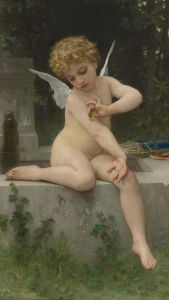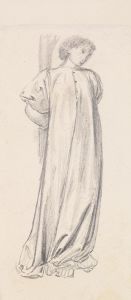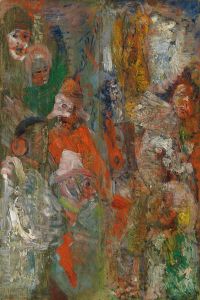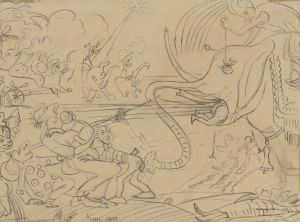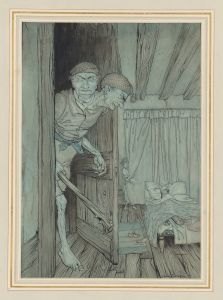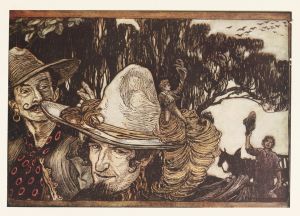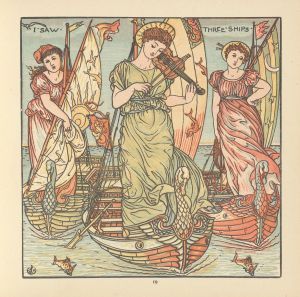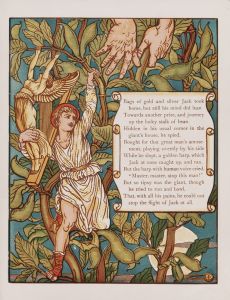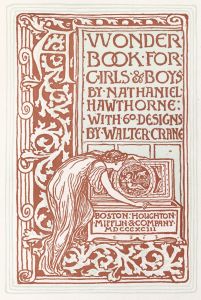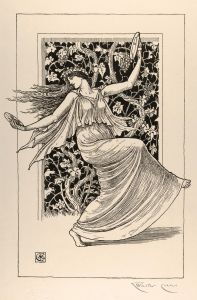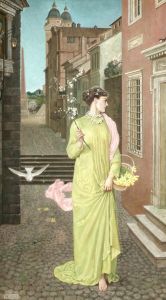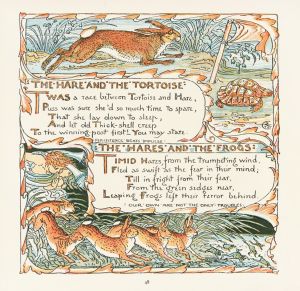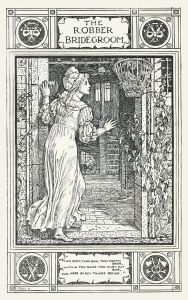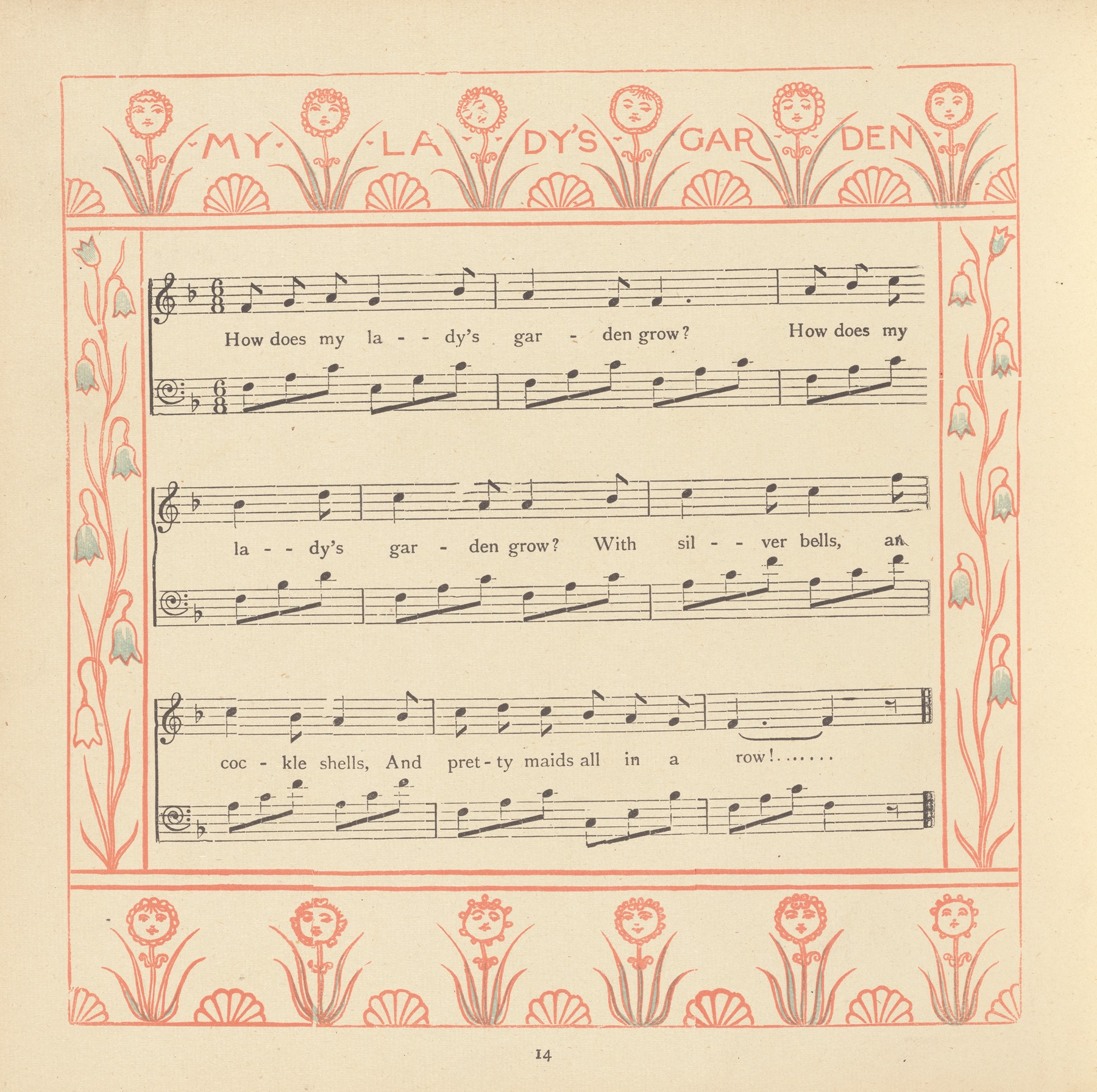
My Lady’s Garden.
A hand-painted replica of Walter Crane’s masterpiece My Lady’s Garden., meticulously crafted by professional artists to capture the true essence of the original. Each piece is created with museum-quality canvas and rare mineral pigments, carefully painted by experienced artists with delicate brushstrokes and rich, layered colors to perfectly recreate the texture of the original artwork. Unlike machine-printed reproductions, this hand-painted version brings the painting to life, infused with the artist’s emotions and skill in every stroke. Whether for personal collection or home decoration, it instantly elevates the artistic atmosphere of any space.
Walter Crane (1845–1915) was an influential English artist and illustrator, known for his contributions to the Arts and Crafts Movement and for his work in children's book illustrations. One of his notable works is "My Lady’s Garden," which exemplifies his distinctive style and artistic philosophy.
"My Lady’s Garden" is a painting that reflects Crane's fascination with nature, mythology, and medieval romanticism. The artwork showcases a serene and idyllic garden scene, characterized by its lush greenery, vibrant flowers, and harmonious composition. Crane's meticulous attention to detail and his use of bright, vivid colors are evident in this piece, which captures the beauty and tranquility of a well-tended garden.
Crane's style in "My Lady’s Garden" is heavily influenced by the Pre-Raphaelite Brotherhood, a group of English painters, poets, and critics founded in 1848. The Pre-Raphaelites sought to return to the detail, intense colors, and complex compositions of Quattrocento Italian art. This influence is apparent in Crane's use of rich, elaborate patterns and his focus on naturalistic detail.
In addition to the Pre-Raphaelite influence, Crane's work is also shaped by his involvement in the Arts and Crafts Movement, which emphasized traditional craftsmanship, the use of simple forms, and the beauty of natural materials. "My Lady’s Garden" reflects these principles through its celebration of natural beauty and its intricate, handcrafted quality.
Crane was not only a painter but also a prolific illustrator, particularly known for his work in children's literature. His illustrations often featured fairy tales, nursery rhymes, and fables, characterized by their whimsical and imaginative qualities. This background in illustration is evident in "My Lady’s Garden," which has a storybook quality, inviting viewers to imagine the narratives and characters that might inhabit such a picturesque setting.
Throughout his career, Crane was committed to the idea that art should be accessible to all, not just the elite. He believed in the social and moral responsibilities of the artist, and his work often reflected his socialist ideals. This democratic approach to art is reflected in the inviting and inclusive nature of "My Lady’s Garden," which offers a vision of beauty and harmony that can be appreciated by a wide audience.
Walter Crane's legacy as an artist and illustrator is significant, and "My Lady’s Garden" is a testament to his skill and vision. The painting remains an important example of his work, showcasing his ability to blend natural beauty with artistic craftsmanship. Crane's influence can be seen in the continued appreciation of his illustrations and the ongoing relevance of the Arts and Crafts Movement principles in contemporary design.
In summary, "My Lady’s Garden" by Walter Crane is a notable work that exemplifies the artist's dedication to natural beauty, intricate detail, and the principles of the Arts and Crafts Movement. It stands as a testament to Crane's artistic talent and his commitment to making art accessible and meaningful to a broad audience.





